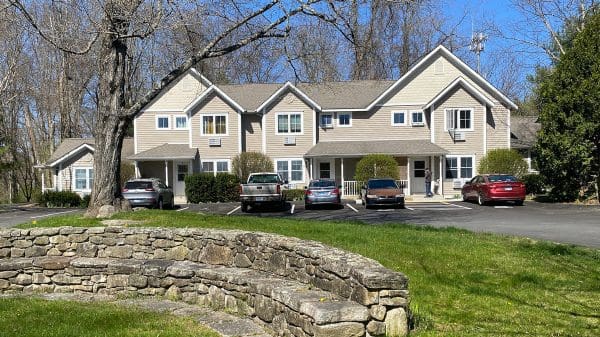KENT—The Board of Selectmen and members of the Swift House Task Force toured the ancient Swift House Feb. 2 to prioritize potential uses of the building. The house is considered to be one of the oldest still standing in the town’s center.

Whether the town should continue to own the building, which needs expensive upgrades to meet American Disabilities Act (ADA) codes, has been a topic of discussion in recent months, with members of the Board of Selectmen divided over its potential usefulness. The building has been closed as a public venue since before the Covid pandemic.
Task Force Chairman Zanne Charity presented a list of potential uses for the property, which included use as an information/welcome center, office space for the Chamber of Commerce, use for Park and Recreation Commission classes and activities, and as a rental to not-for-profit organizations or private individuals for fundraisers or events.
She suggested that the second floor, currently configured as an apartment, could be used as space for EMS personnel or staff by the Kent Volunteer Fire Department or by Kent Affordable Housing. Alternatively, she suggested, the area could be used as works spaces for Kent taxpayers or as storage space for nonprofits.
At present, the staircase to the second floor does not meet code.
In another document, she presented anticipated costs for the building’s maintenance. She said that about $15,000 is needed soon for protective painting before deterioration of clapboards occurs. She noted that some funds are in the current budget for this purpose but have not yet been expended.
Under this item, she also included replacement of rotting window and door sills.
She suggested getting estimates for the cost of installing wi-fi service to facilitate the building’s use by different agencies and urged that funding be found quickly to develop architectural drawings and specifications once priorities have been determined. Such architectural work will be needed if the town is to apply for grants to pay for improvements.
Federal guidelines do not require that all ADA needs be addressed at once, as long as there is a plan to meet them in the future, but she said that the two most pressing requirements—a handicap accessible bathroom and entrance—should be immediate priorities.




























